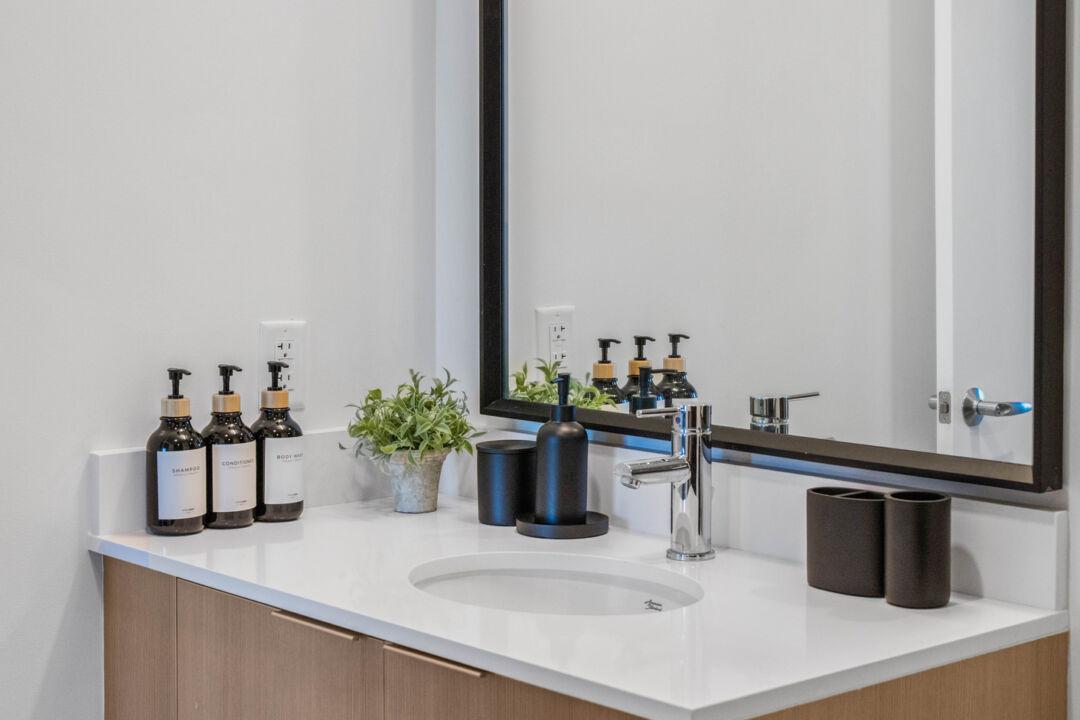For safety’s sake, we added a hand railing to a basement stairway and regretted not doing it sooner. Since stairs are the location for many home accidents, the addition of a handrail to steady yourself, especially when carrying something, means safe passage. A handrail is also needed on a wide-open or steep stairway. Whichever direction you’re going – up or down – a stair railing ensures safe footing and passage on a stairway.
A carpenter will charge $257, including labor and material, to install a standard 10-foot-long hardwood handrail in a straight staircase using brass rail brackets fastened to the wall. Assuming you have carpentry skills and tools, you can buy the rail and hardware for $105 and do it yourself. You’ll need a stud finder to locate the brackets, a carpenter’s level to lay out the rail’s position on the wall, an electric drill to install the brackets, and a miter saw if the rail requires cutting.

Some towns have specific requirements for installing a handrail, so ask your local building department. Most regulations specify how long and at what height a railing should be located on a wall.
Tip: A railing that’s designed to extend beyond the bottom and top stairs will make it easier to use because there’s more of it to grasp.
To find more DIY project costs and to post comments and questions, visit www.diyornot.com.
Pro Cost — DIY Cost — Pro time — DIY Time — DIY Savings — Percent Saved
$257 — $105 — 4.4 — 5.0 — $152 — 59%
©2021 Gene and Katie Hamilton. Distributed by Tribune Content Agency, LLC.





